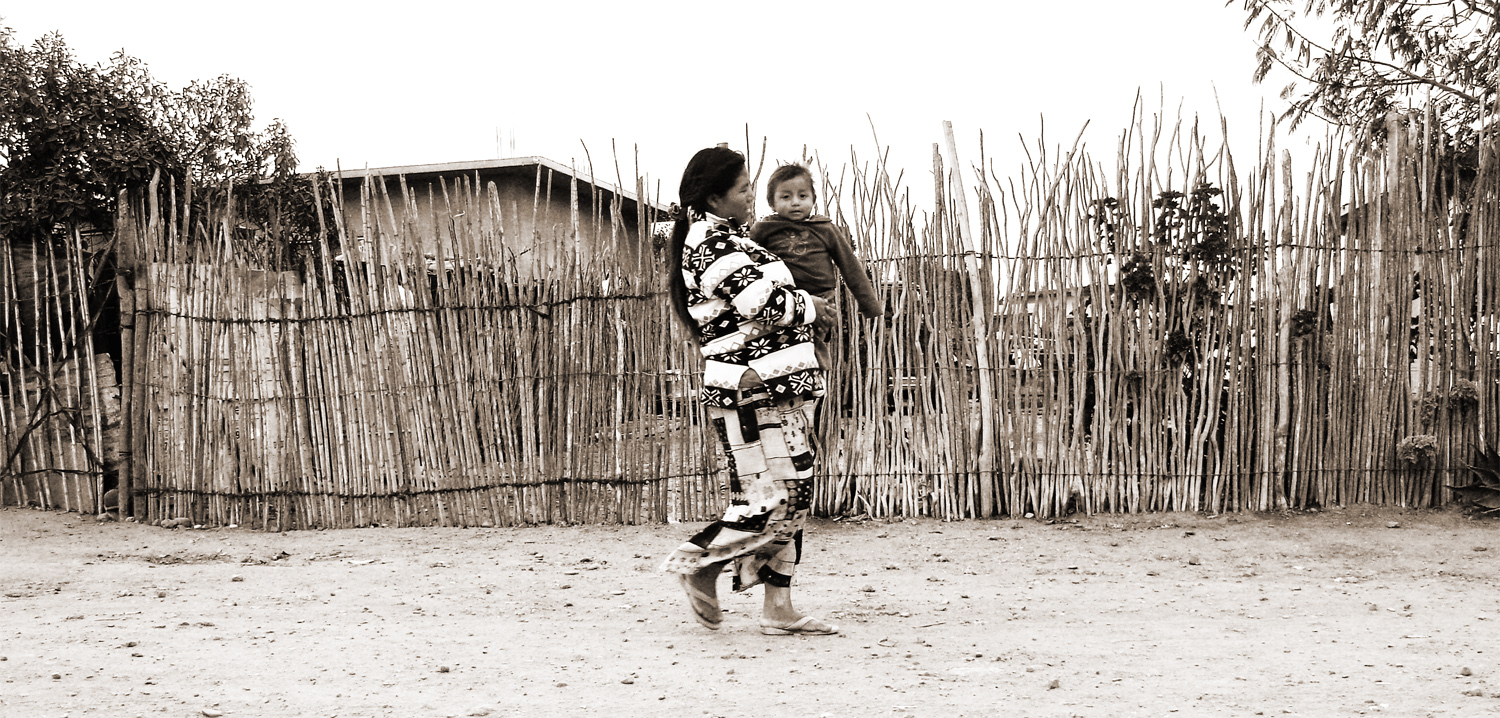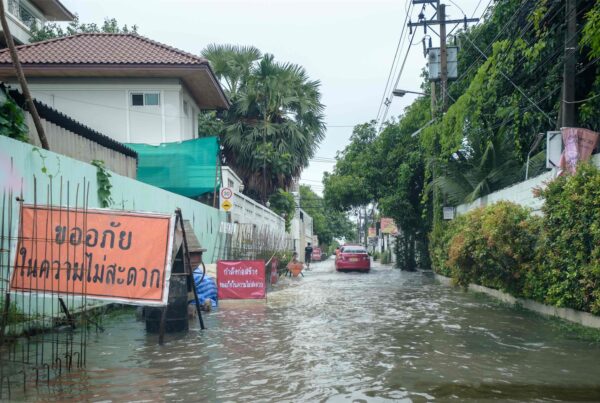This won’t be a surprise – the number of disasters is increasing.
Data from the Centre for Research on the Epidemiology of Disasters (CRED) shows an increase in disasters worldwide between 1994 and 2013, with a significant increase in the number of climate-related disasters.
Overall the number of people affected by disasters has fallen over the last 15 years, while the average death rate over the last two decades has increased.
But what may surprise you is the magnitude of the challenge ahead of us. If the current trends continue. more people will have their lives cut short by a climate related disaster.
The increasing population and the need to find suitable land, housing and resilient infrastructure for more people will create new challenges for Government planners, community leaders and emergency managers. The global population is around 7.6 million people, with more than half of those residing in Asia. No prizes for guessing which continent was the most impacted by disaster over the last 20 years.
If we’re to reduce the risk of disasters, we need to talk about what really matters – people. Often disasters are reported by the number of houses impacted, which roads were cut, or the cost of replacing public infrastructure damaged in the wake of the cyclone.
Over the months ahead, this blog will explore the concepts of humanising disaster management, engaging communities, embracing innovation and sustainable resilience building activities. Andrew and Josh (aka the Disaster Brothers) hope to create a conversation – and we welcome your input.
We live in a world where change is the new normal. A world where creative destruction finds new ways to improve our lives while pushing us outside our comfort zone. A world where we are increasingly reliant on systems and infrastructure to survive.
We hope you’ll join us here soon for more articles from the Disaster Bros.
A & J







